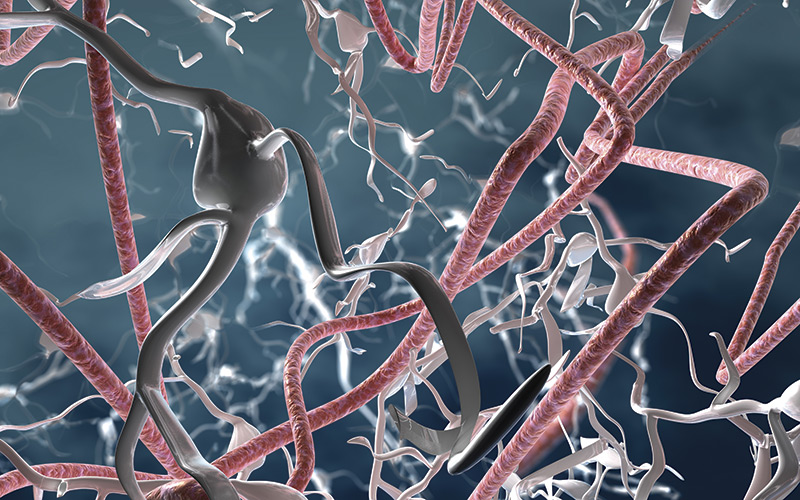Human immune cells in blood can be converted directly into functional neurons in the laboratory in about three weeks, say scientists.

This is possible with the addition of just four proteins, researchers at the Stanford University School of Medicine in the US have found.
The dramatic transformation does not require the cells to first enter pluripotency, but instead occurs through a more direct process called transdifferentiation.
The conversion occurs with relatively high efficiency — generating as many as 50,000 neurons from 1millilitre of blood.
It can be achieved with fresh or previously frozen and stored blood samples, which vastly enhances opportunities for the study of neurological disorders, such as schizophrenia and autism.
Marius Wernig, one of the authors of the study, said: “This technique is a breakthrough that opens up the possibility to learn about complex disease processes by studying large numbers of patients.
“It’s kind of shocking how simple it is to convert T cells into functional neurons in just a few days. T cells are very specialised immune cells with a simple round shape, so the rapid transformation is somewhat mind-boggling.”




